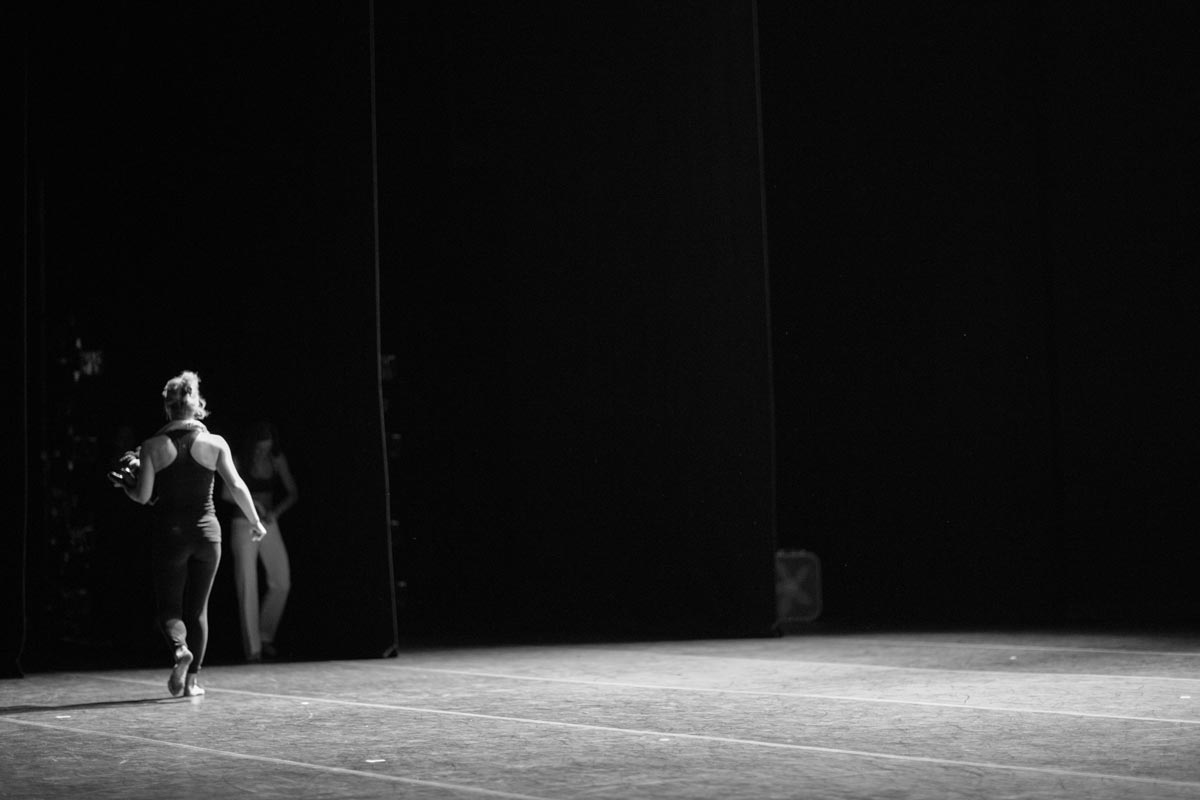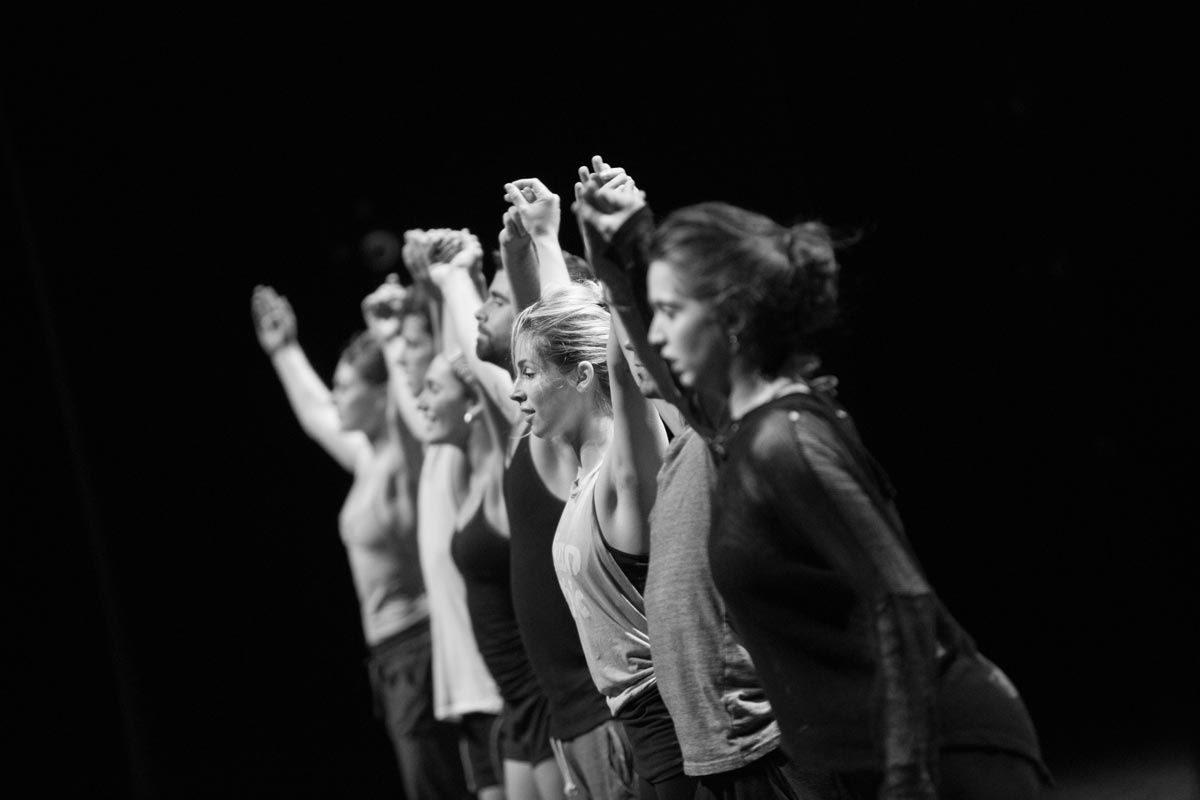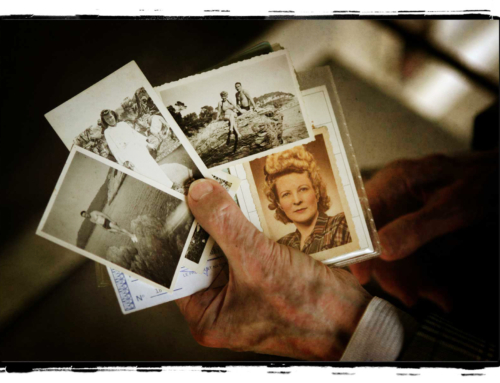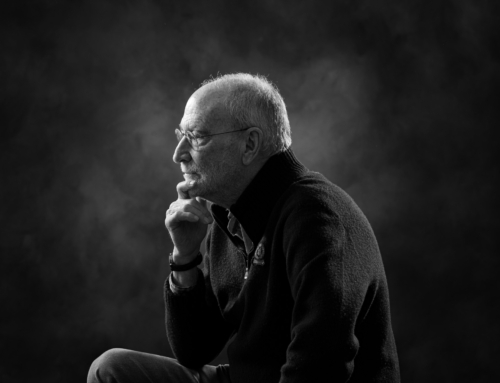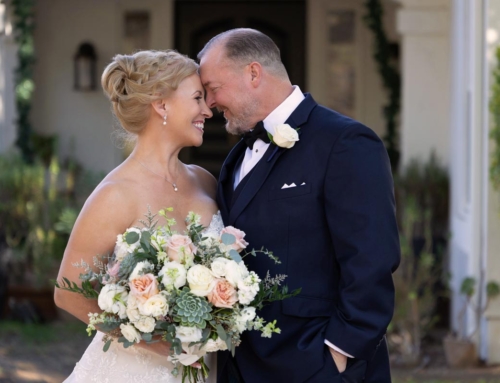Parsons Dance, a groundbreaking force in the realm of creative dance, was founded in 1985 by visionary choreographer David Parsons and acclaimed Tony Award-winning lighting designer Howell Binkley. With a commitment to innovation, the company has consistently pushed the boundaries of contemporary dance, earning international acclaim for their dynamic and visually stunning performances.
The synergy of Parsons’ choreography and Binkley’s lighting design has become the hallmark of the troupe’s identity, creating a unique and immersive experience for audiences worldwide. Their collaboration seamlessly integrates movement and lighting, elevating each performance to a mesmerizing and emotional level.
For an intimate look behind the scenes, the captivating photography of Evan Guston provides a glimpse into the creative process and the energy that fuels Parsons Dance. These behind-the-scenes moments offer a rare insight into the dedication and artistry that contribute to the company’s success.
To delve into the world of Parsons Dance, witness the magic of their performances, and explore the artistic journey, visit their official website at https://www.parsonsdance.org/. It’s a testament to the enduring impact of David Parsons’ choreography, Howell Binkley’s lighting design, and the collaborative spirit that continues to define Parsons Dance as a trailblazer in the realm of contemporary dance.
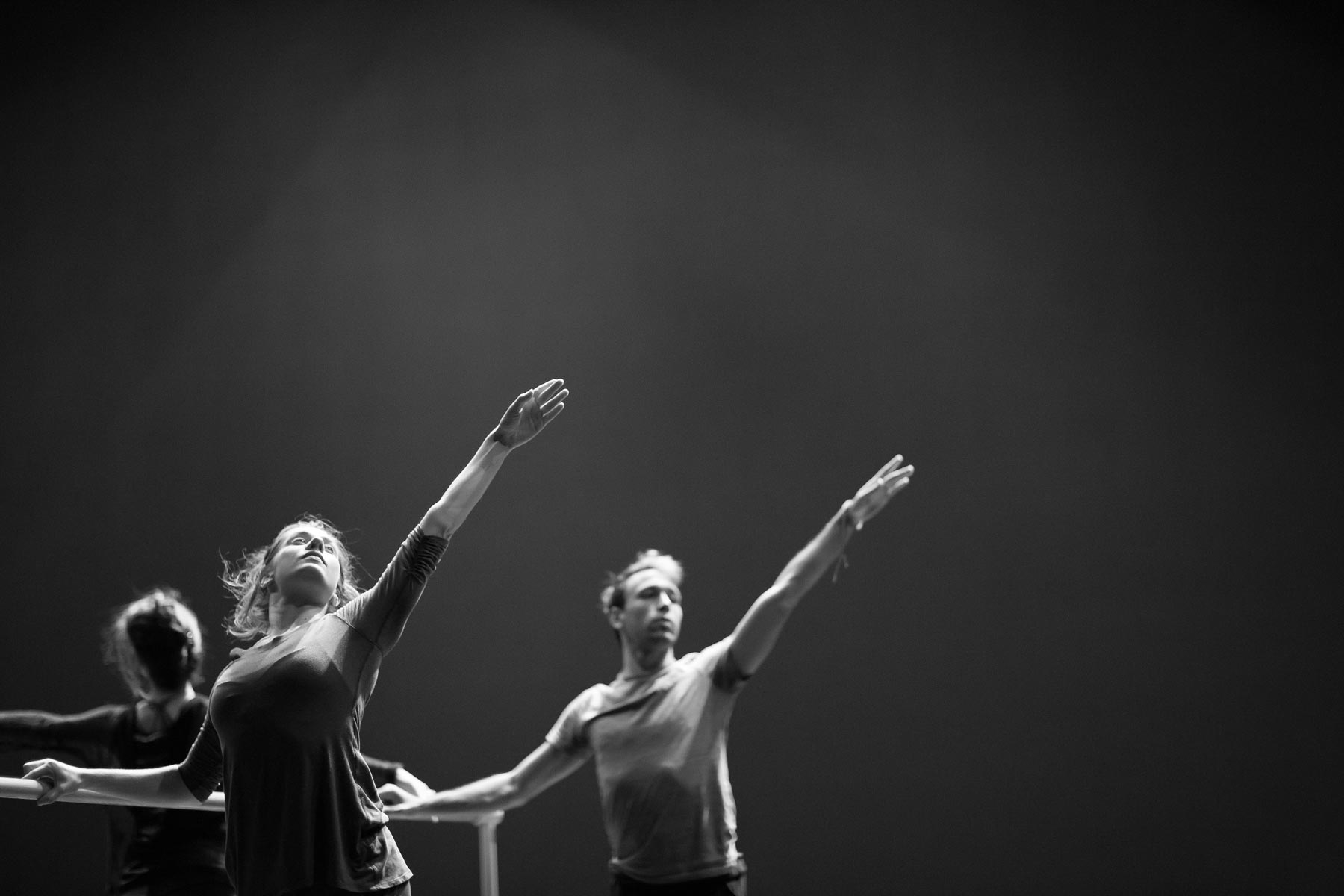

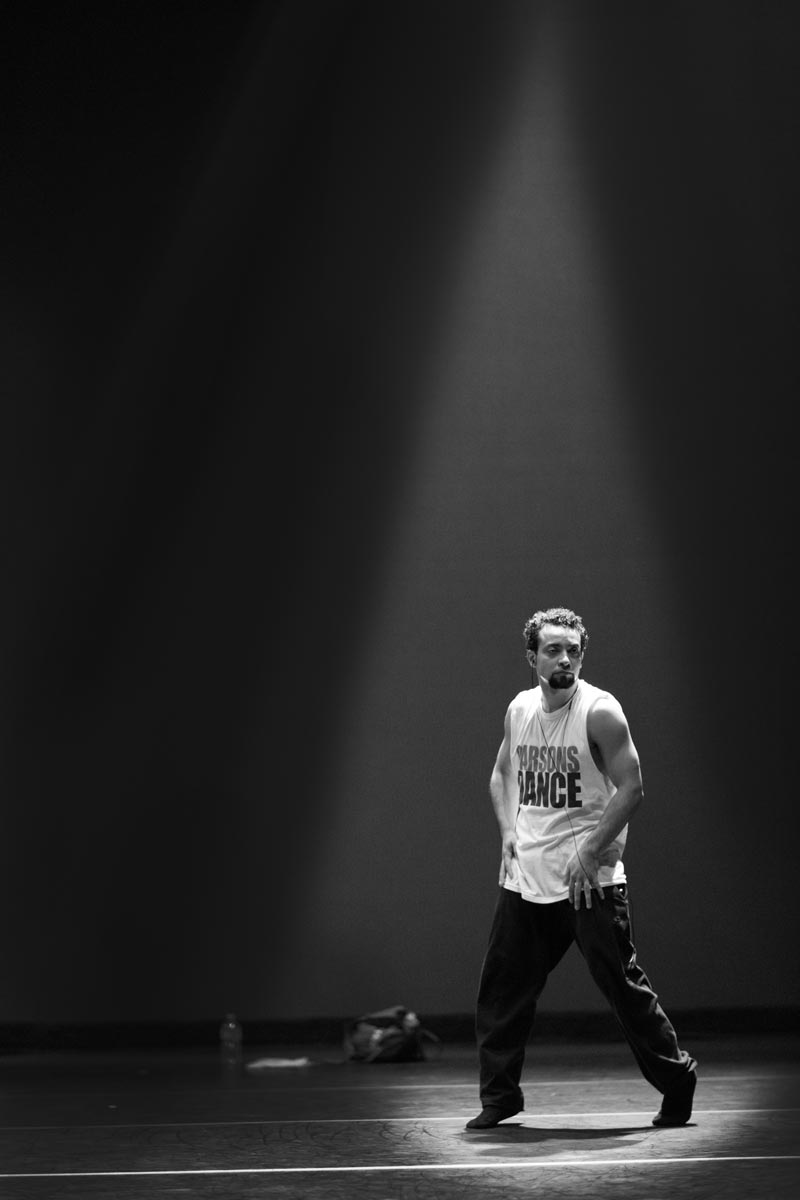

“black-and-white Photojournalist documentation”
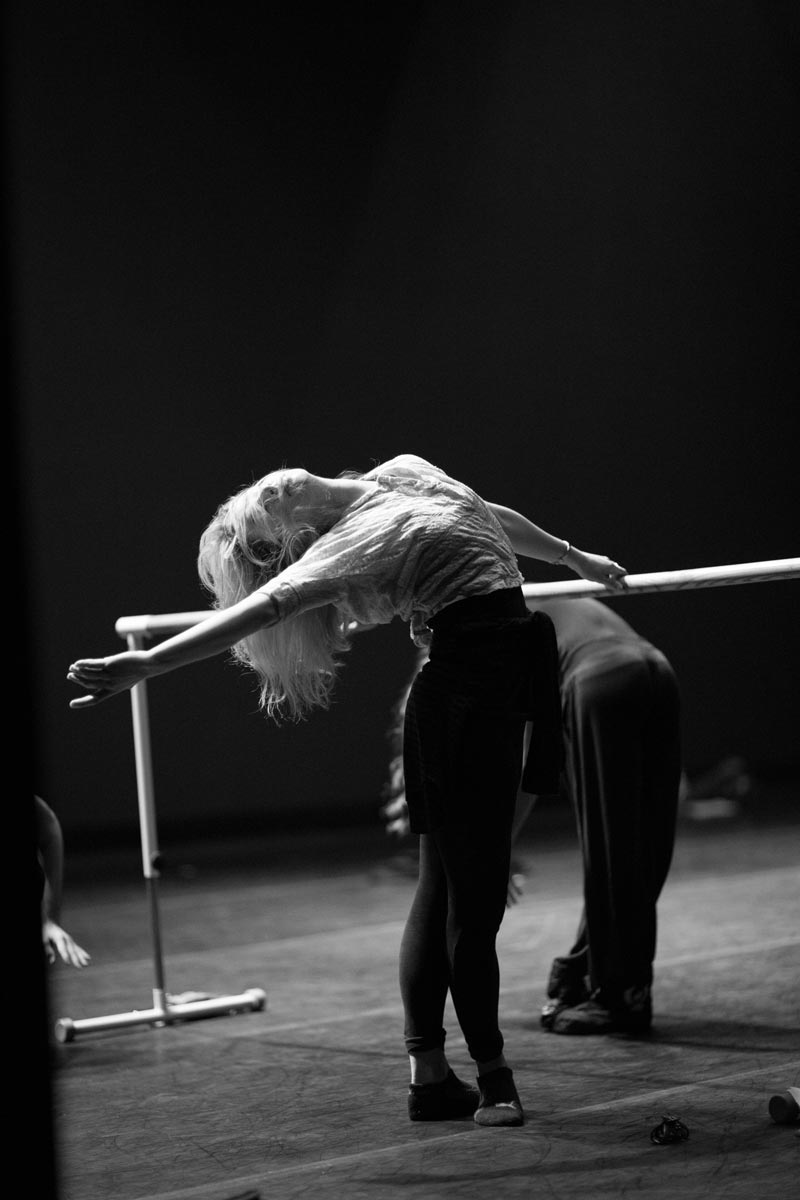
In the realm of dance, the black and white photojournalistic style serves as a powerful medium to capture the raw emotion, energy, and dedication that unfold behind the scenes during rehearsals. It transcends the vibrant hues of performance costumes, allowing the focus to shift towards the essence of movement and the intricate details that define the art form.
As dancers prepare for their moment in the spotlight, the rehearsal space transforms into a realm of controlled chaos, a symphony of disciplined chaos orchestrated by the dance choreographer. The stark contrast of black and white photography accentuates the interplay of light and shadow, highlighting the sinuous lines of a dancer’s form as they navigate through the space with grace and precision.
These behind-the-scenes snapshots go beyond the polished facade of the final performance, offering a glimpse into the sweat, the collaboration, and the relentless pursuit of perfection. Every arched foot, every flexed muscle, and every bead of sweat tells a story of dedication and passion. The absence of color allows the viewer to focus on the narrative unfolding within the frame, emphasizing the emotional intensity and the unspoken language of dance.
The photojournalistic approach captures candid moments of interaction between dancers, revealing the camaraderie and shared commitment that underpins their collective pursuit of artistic excellence. It freezes in time the unspoken communication between choreographer and dancer, the nuanced instructions, and the subtle adjustments that shape the final performance.
Ultimately, black and white photojournalistic style dance photography during rehearsals not only documents the technical aspects of dance but also becomes a visual narrative, a storytelling medium that transports the viewer into the heart of the creative process. It’s a testament to the beauty found in the imperfections, the unguarded moments, and the relentless dedication that defines the world of dance behind the scenes.
